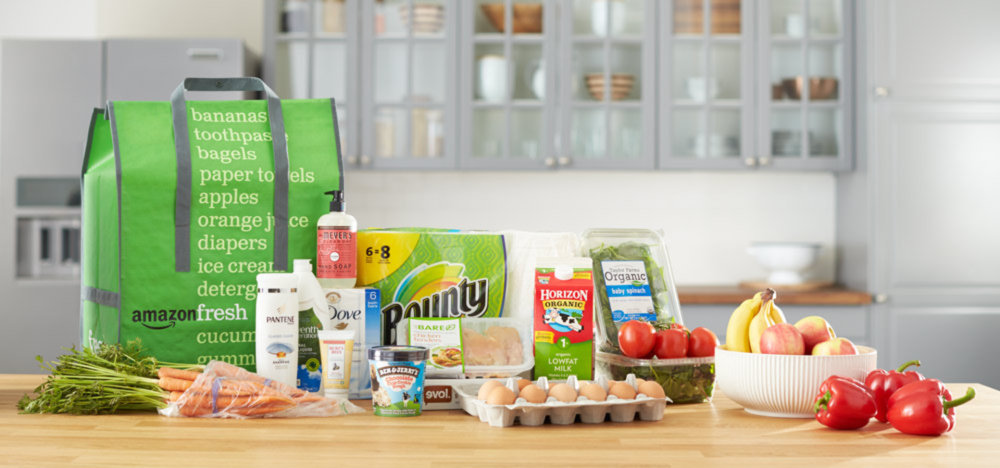In-home delivery grocery options are on the rise. Services like AmazonFresh, Instacart and Peapod are delivering an abundance of food items throughout several states and most major cities, with many of the orders arriving within hours. By 2025, the food delivery market expects to reach $100 billion in sales.
Access to fresh, quality food items is appealing to consumers, who don’t want to deal with a grocery store’s lengthy lines and many aisles. The convenience of placing an order with a few clicks and then having that order arrive in an hour or two opens time for people to do something else, whether it’s work, exercise or spending time with family. Suffice to say, foodservice companies using home delivery options are here to stay.
Additionally, foodservice companies in the home delivery game are providing themselves with greater marketing opportunities. Linking their pre-existing food service infrastructure and supply chain with home delivery options reaches more customers and shows contemporary savvy, both quality points for marketing.
These foodservice companies have found ample success with their home delivery options and the way they market the service:
AmazonFresh
Amazon is one of the most recognized businesses in the world and already has warehouses filled with everything from books to grocery items, so it made sense for it to get into the home delivery niche. AmazonFresh is available in Seattle, Northern California, Southern California, New York City and Philadelphia, offering those areas free delivery on orders over $40, though it’s only available to Amazon Prime ($99 annually) members and requires a $14.99 monthly fee.
For those who already have Amazon Prime memberships, AmazonFresh is likely worth trying out. Amazon Prime members have likely seen numerous ads and marketing revolving around AmazonFresh, or have received food suggestions when browsing various items on Amazon.com. Amazon’s massive name brand and pre-existing customer base have made AmazonFresh is a quick, highly marketable success thus far.
Instacart
Instacart prides itself on being a very speedy home delivery service, often able to deliver items in as little as one hour in the 26 states Instacart is available in. Instacart isn’t a giant like Amazon, so it uses crowdsourcing to get the job done, linking users with freelance personal shoppers who go to the orderers’ store of choice. There’s free delivery on orders over $35, with membership being $149 per year as long as one makes an order at least three times a month.
Instacart successfully markets its platform with a full embrace of the sharing economy, with its trendy app and name, in addition to all Instacart shoppers wearing similar T-shirts with the business’s name. Shoppers out and about may see these shirts and ask about the company, piquing their interest in signing up while they are in the midst of an exhausting grocery order.
Peapod
Peapod is one of the longest-running online grocers, with its first online shop opening in 1996. Peapod provides deli items, organic groceries, seasonal items, prepared food and much of what is at a general grocery store. Its selection is numerous, though is primarily for shoppers that spend over $100 each order. There’s a $9.95 fee for orders under $100, with a $6.95 fee for orders greater than $100.
Peapod pursues print and digital advertising to get the word out, recently in large cities like New York City, launching a subway takeover and holding a delivery truck design contest for artists. Efforts like these have done well in getting the word out, in addition to its longstanding reputation in the home delivery industry.
McDonalds
Chipotle, Starbucks, McDonald’s and Dunkin Donuts all embrace using an app to order ahead of time. It goes beyond ordering ahead as well, with some of these fast food chains offering home delivery. McDonald’s operates a McDelivery service for home delivery, while Chipotle and Starbucks have also been exploring delivery options. Although they exist in a fairly different niche than grocery delivery, fast food chains continue to show home delivery’s upward trajectory.
These businesses provide an excellent indication of the food delivery market’s notable growth.
It’s expected to continue with the help of marketing savvy and the embrace of consumers who enjoy the idea of skipping the grocery store trip.







